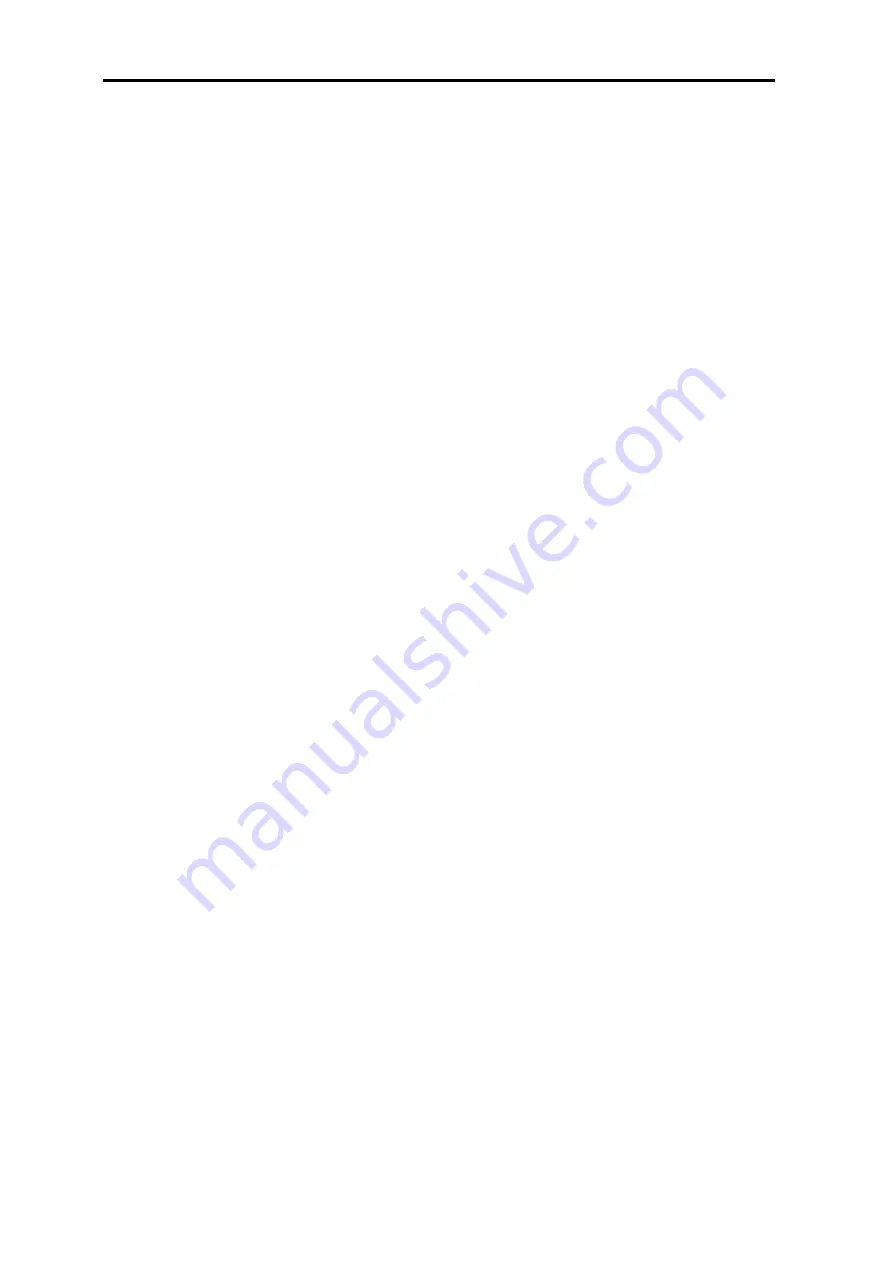
Introduction
2
adding breath noise for a wind instrument sound, or as part
of a special effect sound.
Mixer (MIXER)
The mixer adjusts the volume levels of oscillator 1 (OSC1),
oscillator 2 (OSC2), and the noise generator (NOISE), and
sends the combined signal to the filter (FILTER).
Filter (FILTER A, FILTER B)
The filter section consists of two multi-mode, resonant
filters. The two filters can be routed in series or parallel, or
even side by side in a “one oscillator per filter” arrangement.
The filters adjust the tone of the sound coming from the
oscillators by boosting or cutting specific frequency regions.
Filter settings will have a major impact on the sound.
By default, envelope generator 1 (EG1) is set to vary the
cutoff frequency of the filters over time.
Amp (AMP)
Traditionally, the amp section controls the output volume
(AMP) and the panning (PAN), or the position in the stereo
field. The RADIAS program provides additional features to
add more tonal complexity and “edge” to the sound -
including Drive, Wave Shape control (DRIVE/WS), and
Punch Level.
Drive/Wave Shape does not simply apply an effect to the
oscillator waveform; it modifies the waveform itself to
create hard-edged tones. By adjusting the filter cutoff or
resonance you can create even more dramatic effects.
By default, envelope generator 2 (EG2) is set to vary the
volume level over time.
Envelope generators (EG1/EG2/EG3)
Envelope generators (EG) are used to apply time-varying
change to the sound parameters.
You can create the desired envelope by using the four basic
parameters attack time, delay time, sustain level, and release
time. You can also choose linear, logarithmic, or exponential
curves.
EG1 is assigned to control the filter cutoff frequency, and
EG2 is assigned to control the volume of the amp. You can
also use virtual patching (VIRTUAL PATCH) to assign these
EGs as envelope sources for other parameters.
LFO (LFO1, LFO2)
LFO (Low Frequency Oscillator) is used to apply cyclic
change to the sound parameters.
RADIAS program contains two LFOs, and for each LFO you
can choose one of four waveforms. Shape control, key sync
and phase controls extend well beyond traditional LFO
offerings.
LFO1 is assigned to the oscillator 1 waveform (depending
on the selected waveform), and LFO2 is assigned as a pitch
modulation source controlled by the joY axis.
You can also make virtual patch settings (VIRTUAL PATCH)
to assign the LFOs as modulation sources for other
parameters.
Virtual Patch (VIRTUAL PATCH)
The virtual patch section lets you freely assign modulation
sources to modulate-able parameters, giving you even more
flexibility for creating sounds. You can make eight virtual
patch assignments in each RADIAS program.
Modulation Sequencer (MOD SEQUENCER)
Using a modulation sequencer, you can apply up to sixteen
discrete values (steps) to a modulate-able parameter over
time, in a manner similar to vintage analog synthesizers.
The modulation sequence can play once, repeat, loop front
to back, etc. - providing movement and complexity to the
sound. The value can change abruptly at each step, or it can
smoothly transition from value to value. Each RADIAS
program provides three sequencers, allowing you to create
extremely complex tonal changes.
Equalizer (EQ)
You can use a three-band equalizer with sweepable mid-
range.
Mixer, Effects
The signal that has passed through the EQ can be processed
by effects via a highly flexible mixer. As with EDS programs,
you can use five insert effects (IFX), two master effects
(MFX), and one total effect (TFX).
KARMA, Drum Track, X-Y Mode, Controllers
You can use this functionality in the same way as you can
with EDS programs.
Summary of Contents for EXB-RADIAS
Page 1: ...1 E ...
Page 76: ...68 ...











































